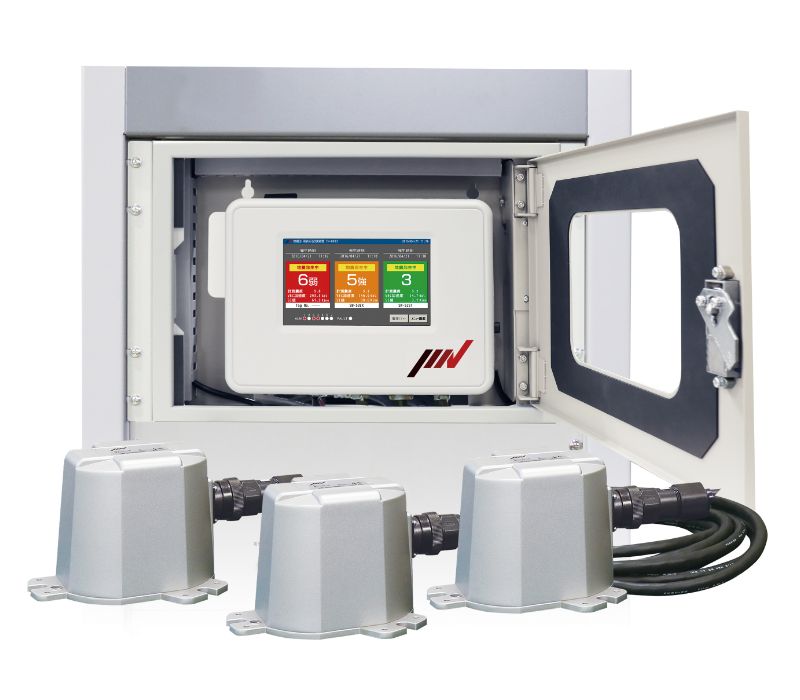- 0
The Future of Disaster Preparedness: Advancements in Earthquake Monitoring Technology

Image Source: Google
Earthquakes are a natural disaster that can strike with little warning, causing widespread destruction and loss of life. In recent years, advancements in earthquake monitoring technology have paved the way for more effective disaster preparedness and response efforts.
This article explores the innovative tools and techniques that are shaping the future of an affordable earthquake monitoring system and enhancing our ability to predict, prepare for, and mitigate the impact of seismic events.
Current State of Earthquake Monitoring
Before delving into the future prospects, it is essential to understand the current state of earthquake monitoring technology. Traditional seismic monitoring systems rely on a network of seismometers deployed across seismically active regions to detect ground motion and accurately locate the epicenter of an earthquake. While these systems have been instrumental in providing valuable data for earthquake research and monitoring, they have certain limitations:
Limitations of Traditional Seismic Monitoring Systems
- May not provide real-time data
- Limited coverage in remote areas
- Difficulty in accurately predicting the magnitude and intensity of earthquakes
Advancements in Earthquake Monitoring Technology
1. Early Warning Systems
Early warning systems are a revolutionary advancement in earthquake monitoring technology that can provide a few seconds to a minute of warning before the shaking from an earthquake reaches a specific location. These systems use a network of seismic sensors to detect the initial, less-damaging seismic waves (P-waves) that travel faster than the more destructive waves (S-waves).
2. Artificial Intelligence and Machine Learning
Artificial intelligence (AI) and machine learning algorithms are being increasingly utilized in earthquake monitoring to improve the accuracy of earthquake predictions and early warning systems. These advanced algorithms can analyze vast amounts of seismic data in real-time, enabling faster and more precise detection of seismic events.
3. Satellite Technology
Satellite technology has revolutionized the way earthquakes are monitored from space. Satellites equipped with radar and optical sensors can detect ground deformation and surface changes caused by seismic activity. By analyzing these satellite images, researchers can identify earthquake-affected areas, assess the extent of damage, and facilitate disaster response efforts.
The Future of Earthquake Preparedness
Seamless Integration of Multi-Technology Approach
The future of earthquake preparedness lies in the seamless integration of diverse monitoring technologies, including seismic networks, early warning systems, artificial intelligence, and satellite technology. By combining the strengths of these different approaches, researchers and emergency management agencies can create a comprehensive and robust earthquake monitoring and warning system that enhances our ability to predict, prepare for, and respond to seismic events effectively.
Prediction and Forecasting Models
Advancements in earthquake monitoring technology are paving the way for the development of more sophisticated prediction and forecasting models. By leveraging AI algorithms and machine learning techniques, researchers can create predictive models that anticipate the likelihood and impact of future earthquakes with greater accuracy.
Community Engagement and Education
Community engagement and education play a critical role in enhancing disaster preparedness and resilience to earthquakes. By raising public awareness about earthquake risks, safety protocols, and emergency response procedures, individuals and communities can better prepare for and mitigate the impact of seismic events.
